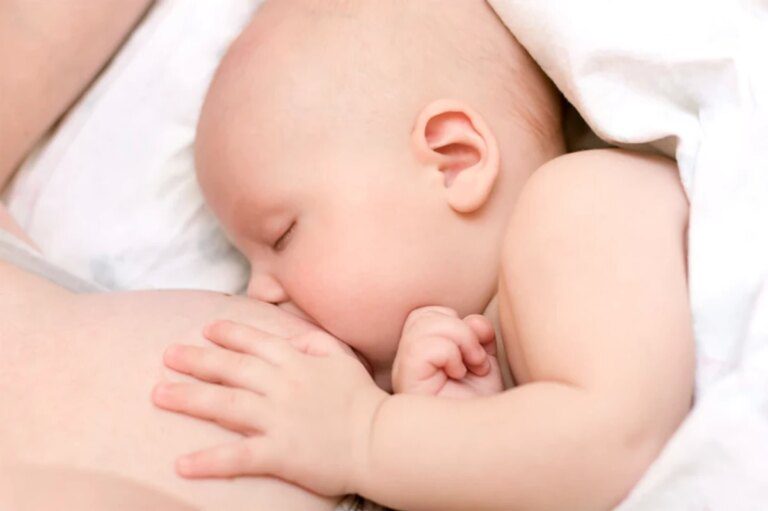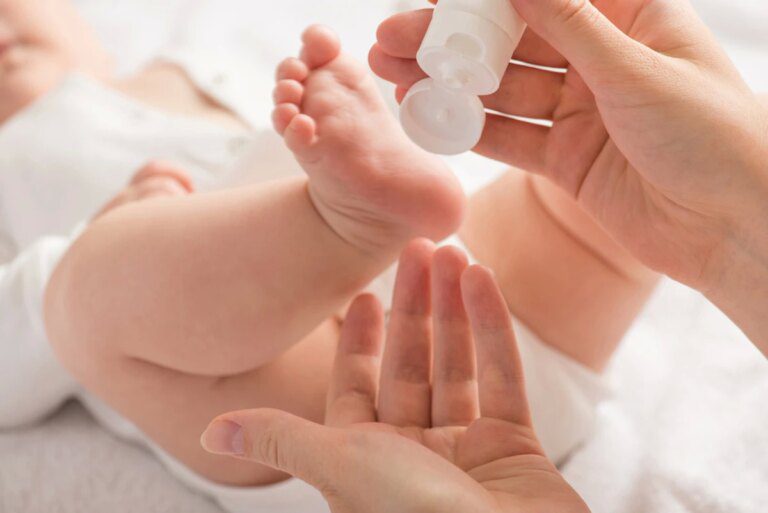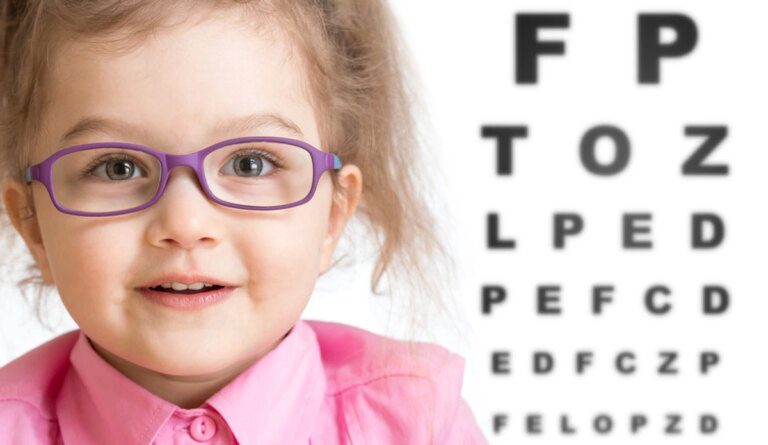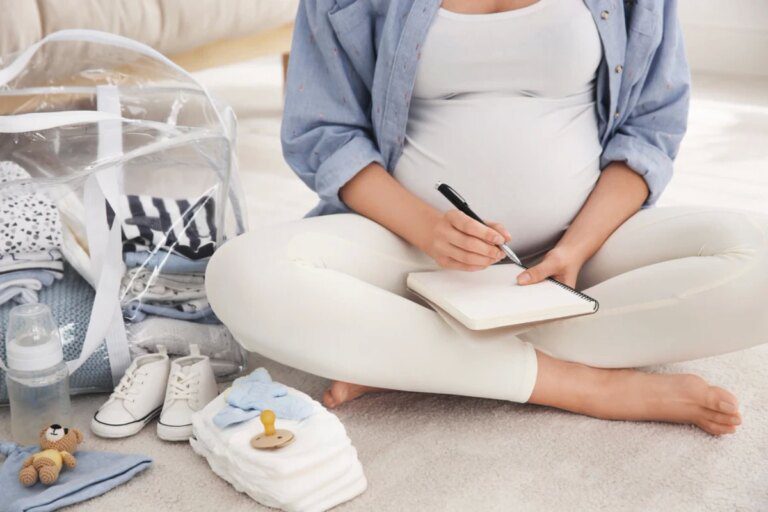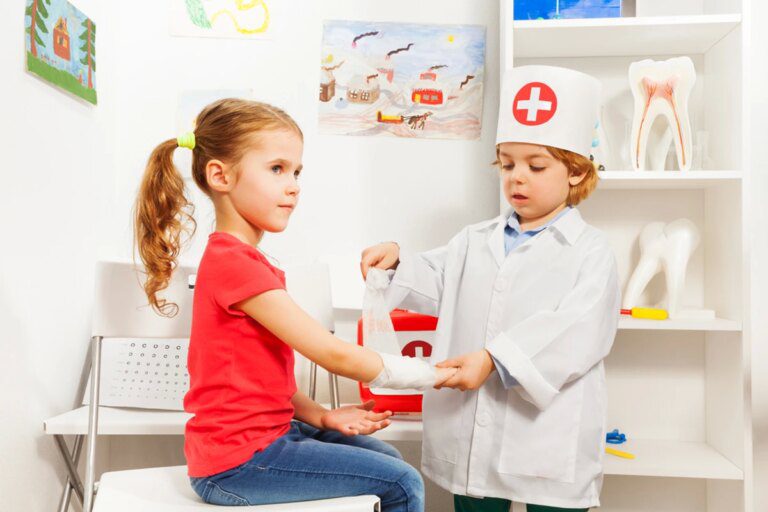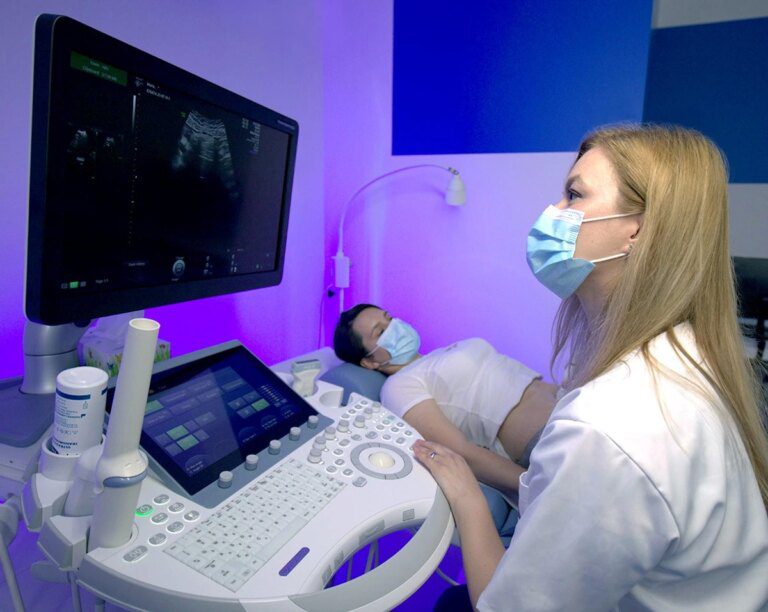Breastfeeding has beneficial effects for the health of the baby, but also for the mother. Breast milk provides the baby with ideal nutrition, supports the growth and development of the infant. If you overcome all the barriers and manage to breastfeed your baby, you have only advantages.

Breast milk is the perfect food for your baby. According to the World Health Organization (WHO), it provides the child with all the nutrients it needs in the first months. It continues to provide up to half of the child’s nutritional needs in the second half of the first year and up to a third in the second year. Moreover, the WHO draws attention to the fact that “almost 2 out of 3 infants are not exclusively breastfed during the recommended 6 months”. Breastfeeding consultant Georgeta Mușat supports the WHO data: “As professionals, we know that breastfeeding rates do not reach the best rates in the world. Experts estimate that the pandemic would have contributed dramatically to the reduction of the number of breastfed children and then, protecting breastfeeding becomes a responsibility of each of us: through the power of example or through sustained support. All mothers give their children the best in life, starting with breastfeeding. We know that it is not always possible, but it is our duty of honor to try. The American Academy of Pediatrics recommends exclusive breastfeeding for the first 6 months and its continuation, concurrent with the diversification process for 1 year and beyond, as mutually desired by mother and baby.”
It reduces the mother’s stress
When you breastfeed, your body releases oxytocin, a hormone that stimulates lactation and reduces the level of stress hormones in the blood. Also, as long as you hold your baby in your arms and even half an hour after that, your stress hormone level is low, which also keeps you away from anxiety states.
Increases attention on the child
According to a study by some American researchers, regarding the mother’s sensitivity to the crying of the child she is nursing, it was observed that there is a connection between the breastfed baby and a greater ability of mothers to respond to his needs. In their case, there are areas of the brain that activate as soon as the baby starts crying.
Syncs you with baby
Some breastfeeding moms notice that they get hungry or sleepy at the same time as their babies. It is not a coincidence! According to a study by researchers from the University of San Francisco, they chemically synchronize with their children, which is called regulation of the limbic system. This process happens because feeding the child influences and stimulates lactation.
It makes you more protective
A team of American researchers from the University of California studied the behavior of 3 groups of women: 20 without children, 18 mothers who were breastfeeding and 17 mothers who were not breastfeeding. Out of all, the 18, provoked by accomplices of the scientists, you promptly defended your children. This behavior is common in mammals, when they are nursing their young.
Promotes weight loss
Breastfeeding can help you shed the pounds you gained during pregnancy more easily, along with a healthy diet and regular exercise. Breast milk is rich in fat, and the child takes these calories, which the mother no longer accumulates in the body. Some mothers do not manage to lose weight so quickly, because lactation leads to the release of hormones that influence the digestion process. In some, they accelerate the metabolism, and in others they do not act.
Remember!
According to breastfeeding consultant Georgeta Mușat, “if you have difficulties with feeding your baby at the breast, don’t hesitate to ask, and if you are going to give birth, consider breastfeeding as the ideal way to feed your baby.”
Expert advice
Georgeta Mușat, midwife, trainer & breastfeeding consultant, Breastfeeding Academy Association
In times of crisis, we see how valuable breastfeeding is. In the case of premature babies fed with breast milk, they enjoy significant benefits regarding multiple protection and better development (documented results of comparative studies). Breastfeeding saves lives, prevents infections, eases illness, relieves pain, soothes, makes sleep sweet and connects mother and baby in a very special way. And, a secret, fathers are also very happy and proud when the baby is breastfed. Breastfeeding is ideal for the baby, strengthening its immunity, helps brain development, reduces the risks of illness for the mother-child and last but not least, it is economical and ecological.
